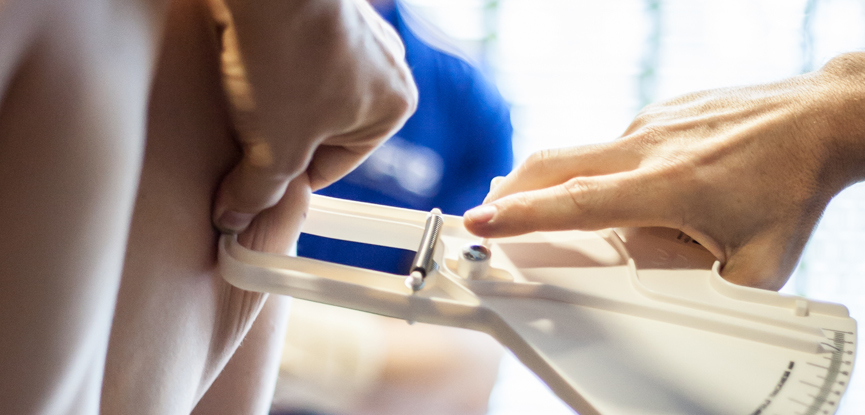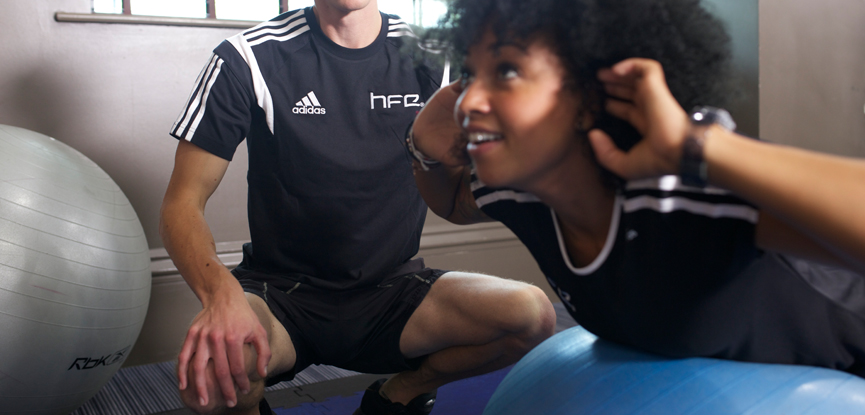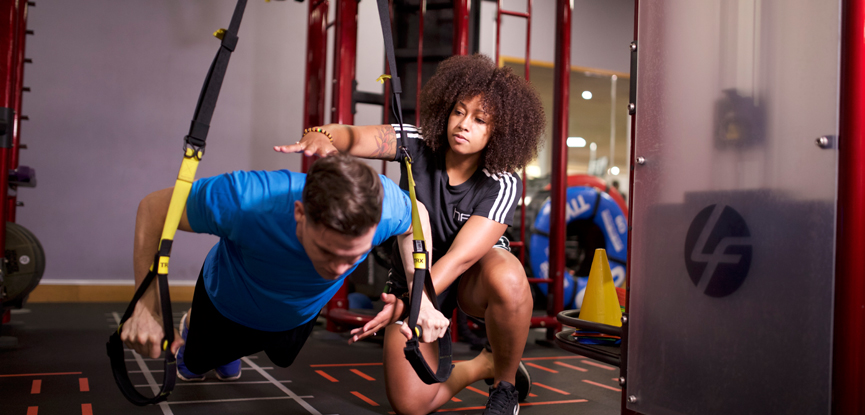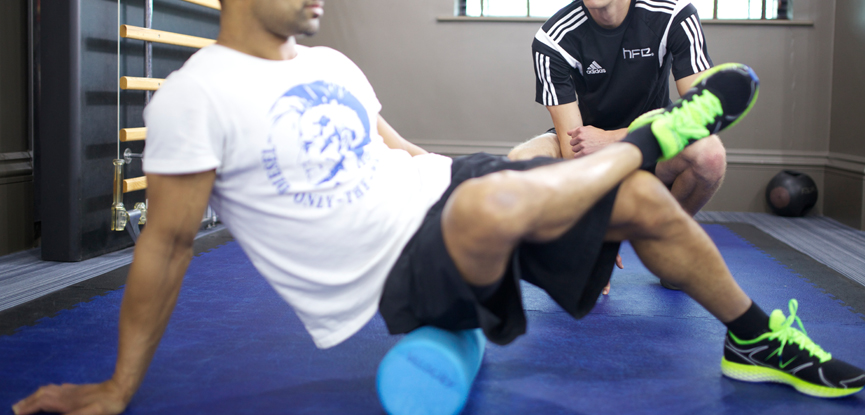Be in the Know
Elevate your industry knowledge with PT articles and insights crafted by experienced industry experts
While education, knowledge, marketing and social skills are all key elements to finding success in personal training, having the correct equipment and resources at your disposal can help you put all of this into practice.
Becoming a fully-fledged personal trainer is an exciting prospect for any new fitness professional. Gaining your level 3 qualification opens up a wide range of opportunities and can afford numerous freedoms. Typically, a personal trainer is able to choose their own hours, set their own rates for sessions and consultations, and define their own business terms. Ultimately, they will be running their own business and become a brand until themselves.
Regardless of the industry, those individuals and businesses that are most effective and efficient in delivering results always have the right tools and resources in place.
Body composition is defined by the ratio of lean body tissue (or fat-free mass) to that of fat tissue (or fat mass). It’s an incredibly important factor of physical fitness and one of the most effective assessment techniques for measuring body composition is skinfold analysis.

Measurements are taken from the biceps, triceps, subscapular and superiliac, typically using skinfold callipers.
High blood pressure, or hypertension, poses a serious threat to life and significantly increases the risk of cardiovascular diseases like heart attacks, strokes and heart failure. According to the National Institute of Care and Health Excellence (NICE), this silent and deadly condition is estimated to affect around 40% of the UK population.
The early signs of hypertension can be identified using an aneroid sphygmomanometer and stethoscope. These tools provide an accurate and reliable way of screening a client’s cardiovascular health. It’s not an understatement to say that spotting the signs of heart disease early can have a life-changing effect for clients.
This piece of equipment like many others in this article could prove especially beneficial for those who have taken an exercise specialist course. Knowing your clients potential limitations, particularly when working with older adults or those with serious health conditions, can be crucial to safety and success.
Lung function assessments provide fitness professionals with a simple and portable way of screening clients for chronic respiratory conditions like asthma, emphysema and COPD – this is particularly important for those who smoke or have previously smoked.
There are numerous ways of measuring lung function, many of which rely on expensive and highly sensitive equipment. If a personal trainer wanted to take measurements in the field, this could prove difficult.
The peak flow meter, however, is a relatively simple piece of equipment that measures peak expiratory flow; essentially this is the amount of force that can be generated by the respiratory muscle to expel air from the lungs. Broadly speaking, the higher the peak flow value, the more powerful the lungs are.
A peak flow meter is a perfect tool for any newly qualified fitness professional screening clients for respiratory disorders and monitoring improvements in respiratory efficiency.
The stability ball is a staple piece of equipment for gym and studio-based exercise programmes alike.
Used to test balance and core strength, exercises performed on a ball help to stiffen and flatten the core region. By challenging the key core muscles in their stabilising capacity, clients will develop a stable base of support, from which other movements patterns will also become stronger and more energy-efficient.

Skipping is an excellent all-round cardiovascular exercise that also develops co-ordination, power, and speed – it’s also a highly effective method of burning calories.
While skipping is commonly associated with combat sports like boxing, mixed martial arts or ju-jitsu, its benefits and application stretch far beyond this group. There are in fact a number of extremely reputable personal trainers that wouldn’t consider delivering a session without a speed rope and pads.
The fitness cord is a versatile and portable resistance training tool that, like the speed rope, is widely used in both gym and studio-based exercise programmes.
The cord can be used to create resistance in almost any direction, which is why it’s so useful for enhancing sports-specific movement patterns. This highly functional piece of equipment has limitless applications and can be used to meet the needs of almost any client, regardless of their goals.
Most fitness programmes include an element of floor-based activities. A high-quality exercise mat has the potential to make exercises more enjoyable and comfortable, allowing participants to focus more on their technique. It’s also useful for pre-exercise movements like stretching, meaning the exercise mat could become necessary for every session!
Suspension training has exploded onto the fitness market in recent years because of its versatility and portability. Suitable for exercisers of all ages, fitness levels and goals, this portable piece of equipment can be used to develop strength, endurance, stability, flexibility and mobility simultaneously.

Medicine balls can be used in a workout for an almost unlimited number of purposes.
Whether they are used as a form of resistance for lifting, slamming or throwing, or as a movable base from which to develop stability and motor skills, they offer an affordable and versatile training solution. Their rubber external coating makes them incredibly hard-wearing, while their adaptability to almost any exercise environment makes them a firm favourite amongst personal trainers.
Foam rolling can be used at the end of a workout to release tension and waste products that have built-up during the session, or before the workout as a means of preparing the muscles, tendons and ligaments for the workout ahead.

Rolling is also commonly performed between workouts to keep muscles soft, supple and pain-free. The practice of foam rolling, or self-myofascial release as it is formally known, is a form of self-massage that involves finding tension points within a muscle and gently rolling on them to release the tension and knots that developed.
Back to articles
And get the fast-paced world of personal training delivered straight to your inbox every week
Great news, you're on the list...